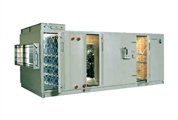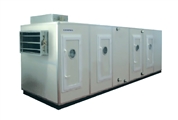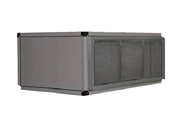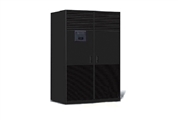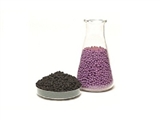PM2.5-Most air pollution sources
That PM2.5 fine particulate matter.
Fine particles known as granules, fine granules. Fine particles in the ambient air refers to the equivalent aerodynamic diameter less than or equal to 2.5 micron particles, also known as PM2.5, particulate matter into the lungs. It was suspended in the air a longer time, the content (concentration) higher in the air, on behalf of more severe air pollution. Although the composition of the Earth's atmosphere in PM2.5 levels just a few ingredients, but the air quality and visibility it has important implications. Compared with atmospheric coarser particles, PM2.5 small particle size, surface area, activity, easy with toxic and hazardous substances (e.g., heavy metals, microorganisms, etc.), and long residence time in the atmosphere, transmission distance, thus a greater impact on human health and environmental quality of the atmosphere.
February 2013, the National Technical Terminology Committee of the Chinese name of science will be named PM2.5 fine particulate matter. The chemical composition of the fine particles include organic carbon (OC), elemental carbon (EC), nitrate, sulfate, ammonium, sodium (Na +) and the like.
Generating sources
Particles of a complex composition, which depends mainly on the source. There are two natural sources and anthropogenic sources, but the latter is more harmful. In academia into a aerosol (Primary aerosol) and secondary aerosols (Secondary aerosol) two kinds.
Natural sources
Natural source of sea salt (the second largest source of particulate matter, similar to the composition of its composition and seawater), including soil dust (containing oxide minerals and other ingredients), pollen, spores, bacteria and so on. Nature of disasters, such as volcanic eruptions emissions into the atmosphere a lot of ash, forest fires or exposed raw coal fires and dust storm events will be transported to the large number of fine particles in the atmosphere.
Anthropogenic sources
Anthropogenic sources, including fixed and mobile sources. Stationary fuel combustion sources including
PM2.5 fine particulate matter
PM2.5 fine particulate matter (6)
Sources, such as power generation, metallurgy, petroleum, chemical, textile and other industrial processes, heating, cooking process coal and gas or oil soot emissions. The major source of exhaust gas flowing into the atmosphere when emissions from all types of transport fuel during operation.
PM2.5 can be formed by the conversion of sulfur and nitrogen oxides. These gaseous pollutants tend to be human on fossil fuels (coal, oil, etc.) and trash combustion. In developing countries, coal combustion is the main way home heating and energy supply. No advanced diesel car exhaust gas treatment device is also a source of particulate matter. Combustion diesel truck emission of impurities cause large particles.
Atmospheric chemical reactions
In addition to natural and anthropogenic sources, atmospheric pollutants gaseous precursors of secondary particlesgenerated by a chemical reaction atmosphere, achieved by the particles in the gas phase conversion. Such as:
Wherein the gaseous sulfuric acid from sulfur dioxide gas SO2 oxidation reaction of OH radicals. [2] salt hydrates: If xCl · yH2O, xNO3 · yH2O, xSO4 · yH2O, along with changes in humidity, the impact of PM2.5 large hydrate, hydrate water and salt compounds not only because of the humidity also slight changes of the solution droplets are formed salts.











